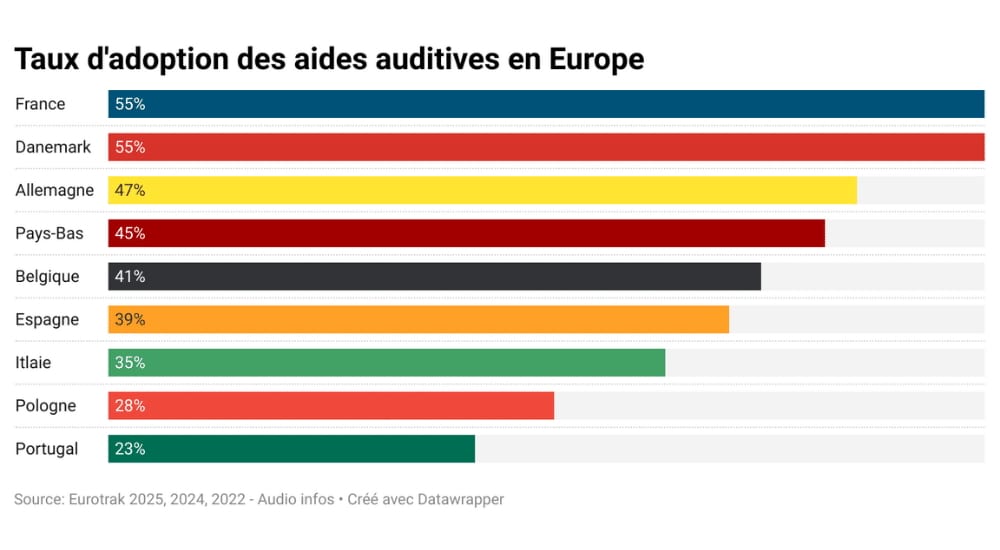Phenotyping noise-induced hearing loss in mice
Research
Researchers from a number of universities and institutes in Southern California have expanded the knowledge of hearing characteristics in inbred mouse strains, a model known to be particularly useful in hearing research.
Genetic factors are known to play a significant role in both sensorineural hearing loss and noise-induced hearing loss (HL). Since genetic hearing studies in humans are complicated because of limited statistical power and low reproducibility, as well as trouble factoring in environmental parameters such as noise exposure and ototoxic medications, the inbred mouse model remains highly pertinent.
The study used auditory brainstem response (ABR) findings to characterize hearing in 100 inbred mouse strains. The researchers determined baseline hearing patterns, permanent threshold shifts, and noise-sensitivity patterns based on data from at least three members of each strain.
The results, published in the journal Hearing Research, showed several distinct patterns of hearing loss at baseline: high-frequency HL, high and low-frequency HL, flat HL, and notch-type HL. After noise exposure, ABR values were again measured. A range of discernable patterns of noise-sensitivity was also found, including noise-resistant, high-frequency sensitivity, and multimodal sensitivity, among others.
The authors conclude by indicating that they have made the complete phenotypic dataset of their study available for general use and that this data provides “a new resource for the study of noise-induced HL in mice and adds 47 newly characterized strains to the existing baseline hearing literature.”
Source: Myint A, et al. Large-scale phenotyping of noise-induced hearing loss in 100 strains of mice. Hearing Research. 2015 Dec 17;332:113-120.


